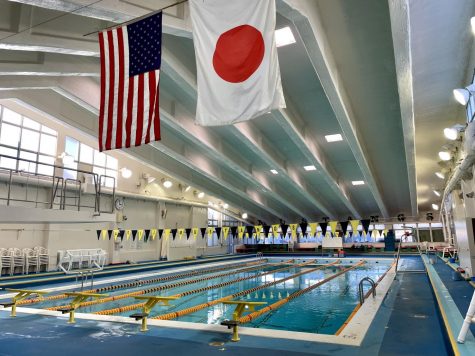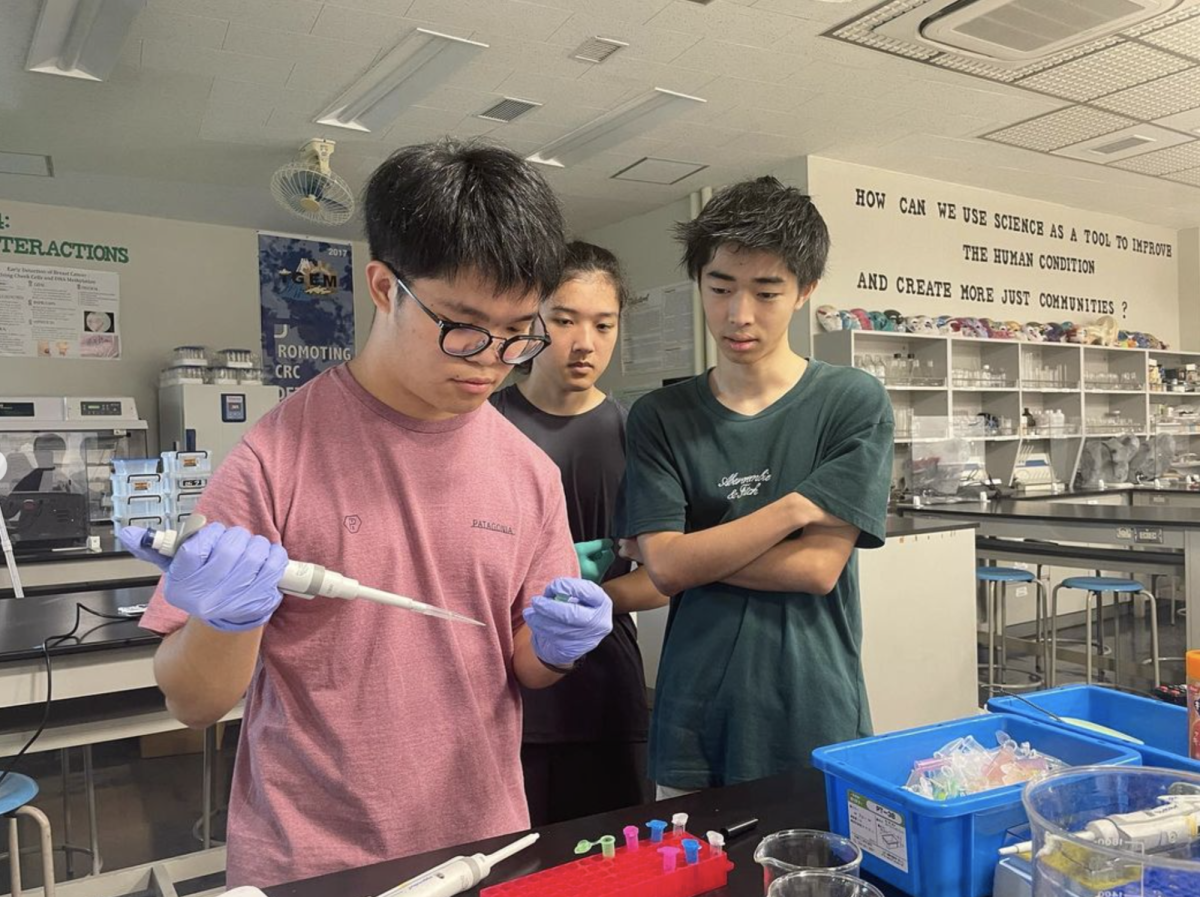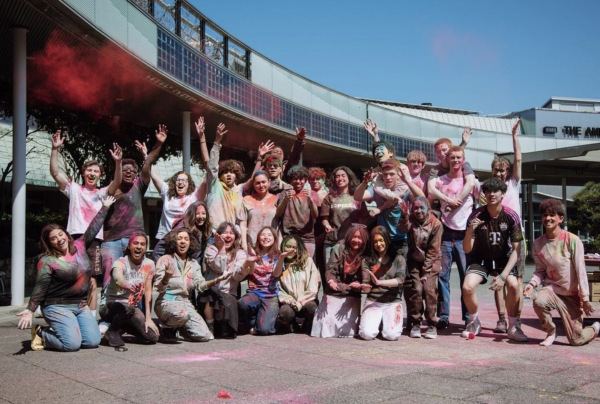Learning to Save Lives
December 2, 2021
A unique course at ASIJ, Lifeguarding teaches the skills required to save lives. Students who take the course become certified lifeguards at the end of the semester. As a current lifeguard in-training, I thoroughly enjoy this course, and in hopes of sparking interest in this course among the school community, I asked Coach Carlson to further explain this course and provide information for students out there who are interested in the class.

Officially called American Red Cross (ARC) Lifeguard Training, the High School Learning Framework mentions that the Lifeguard Training course offers students the minimum knowledge and skills training to qualify as an ARC entry-level lifeguard. Awarded upon successful competition of the curriculum are ARC certifications in CPR for the Professional Rescuer (training in adult, child, and infant rescue breathing, clearing obstructed airway, cardiopulmonary resuscitation and two-person rescue techniques), First Aid, Automated External Defibrillation (AED), and Lifeguarding.
A potential problem for next year’s Lifeguarding course is that the American Red Cross association plans to end its international partnerships; this means that international schools like ASIJ will not be able to continue on with the ARC program. In response to this, Coach Carlson explained that “having a certifying organization is a serious issue for our school, and we are working on trying to resolve this issue.”
The critical concern is that not only would students be unable to take the course, but as a consequence, ASIJ would have no certified lifeguards to assist and supervise the various campus programs, such as swim meets, school trips, and swim team practices. Furthermore, many students choose to take Lifeguard Training as their PE credit for their graduation requirements, so not offering this course limits their options. In addition, students would be deprived of the opportunity to receive a trainee certificate, which they could use in college or job applications.
Above all, the greatest value of the course is that students learn how to have lives. They are taught how to save a drowning person and consequently perform CPR, as well as save people in other emergent situations outside of the water. This knowledge is certainly something important for anyone to know.
Mr. Carlson has been training students in the Lifeguarding course for three years. He said that the most enjoyable part of it all is when his students succeed in performing challenging rescue skills. “Seeing a mix of happiness and confidence in my students afterward is very rewarding and by far the most fun part of the class for me,” he said.
However, something prospective students must be aware of is that even after taking this course, becoming a lifeguard is not easy. Completion of the course doesn’t guarantee acceptance as a lifeguard on campus. In order to become an official lifeguard, students must show their ability to perform the required rescue and first aid CPR skills, work well in teams, and be proactive and responsible. These are essential skills for a lifeguard. ASIJ’s head lifeguard, Coach Finn, has high expectations and runs a tight lifeguard program. After all, lifeguards are responsible for the lives of others.




















